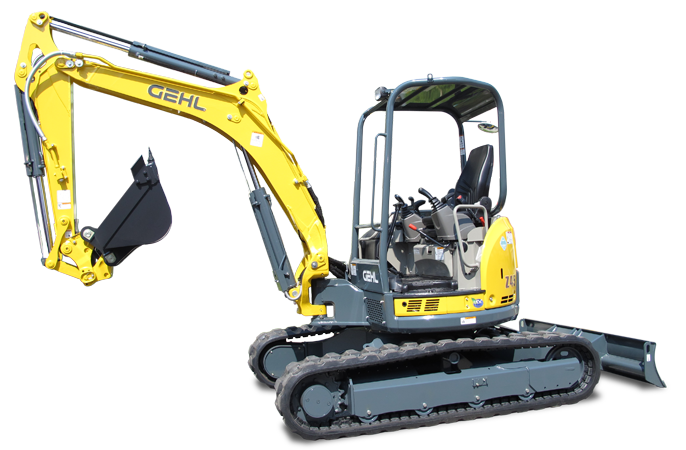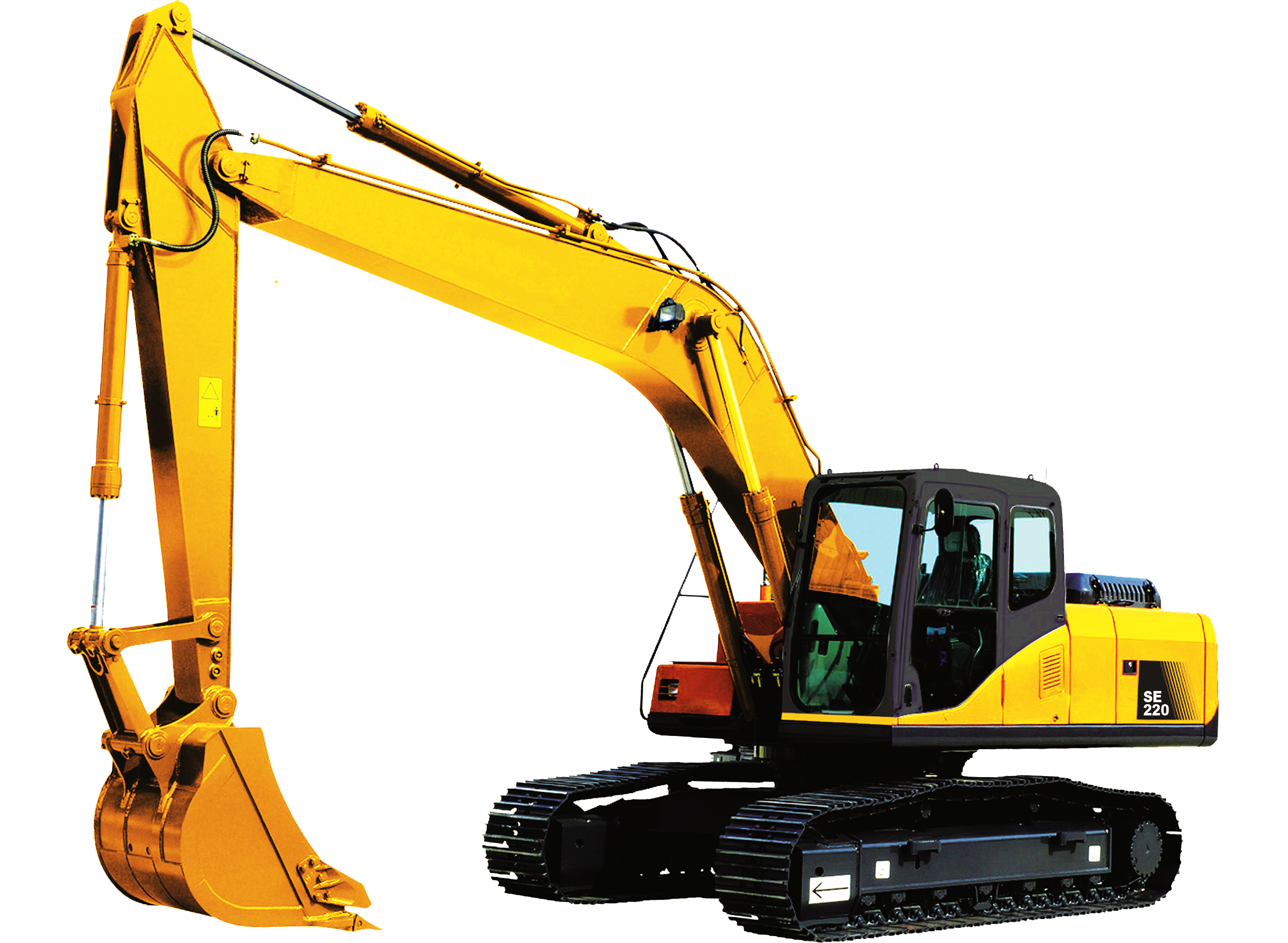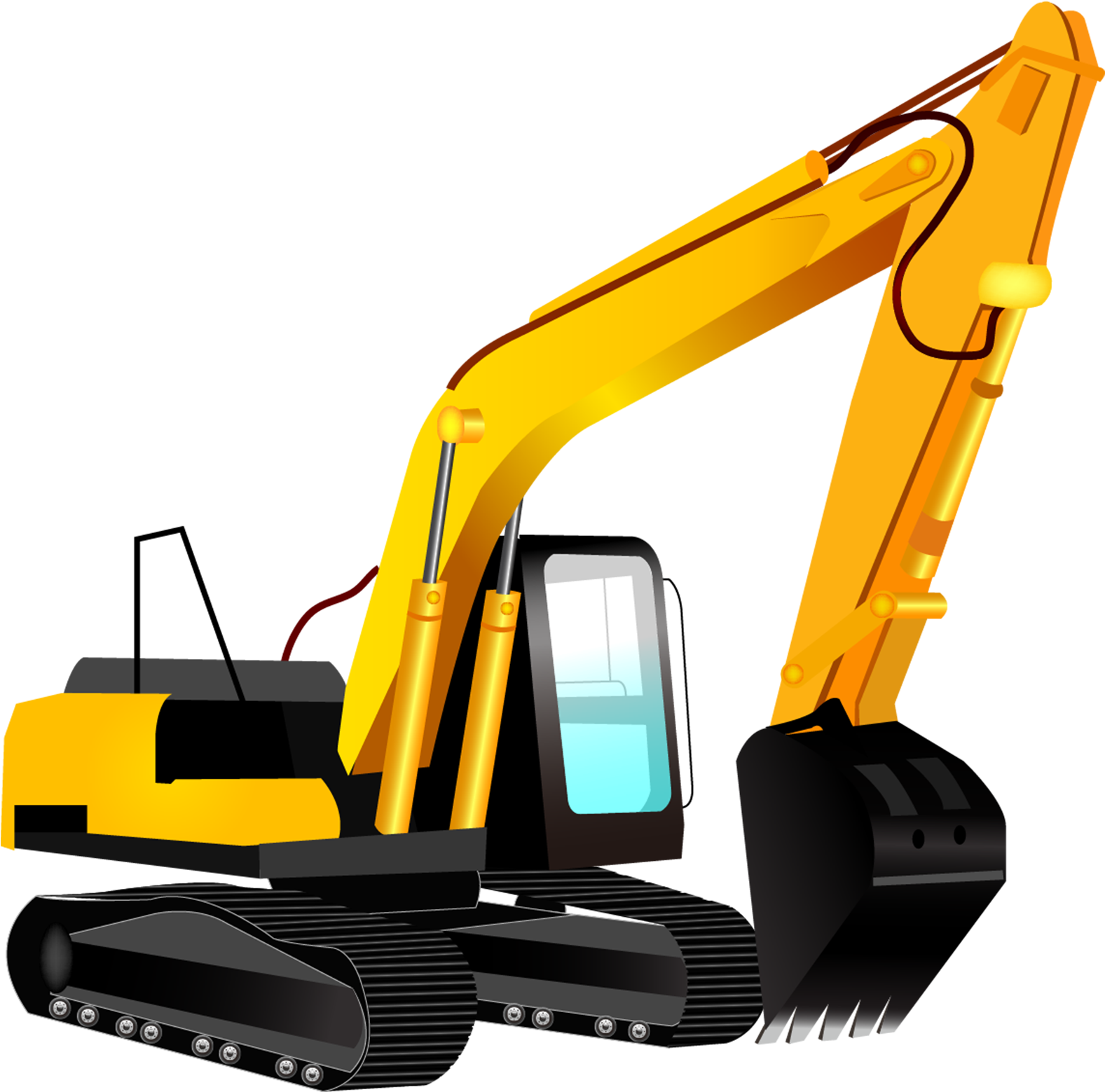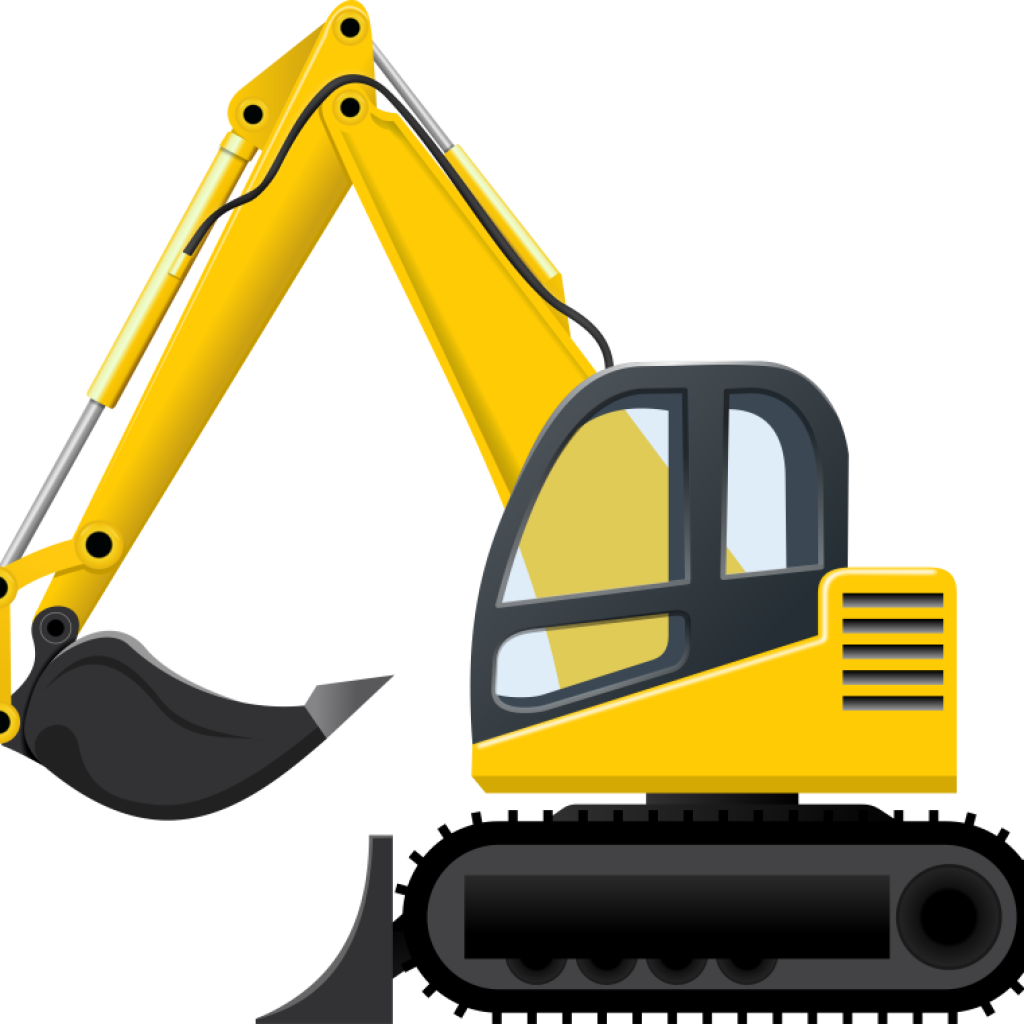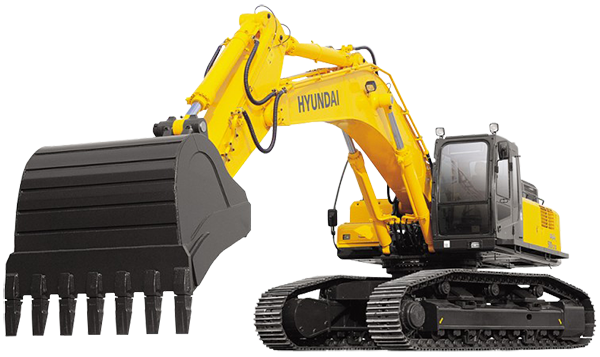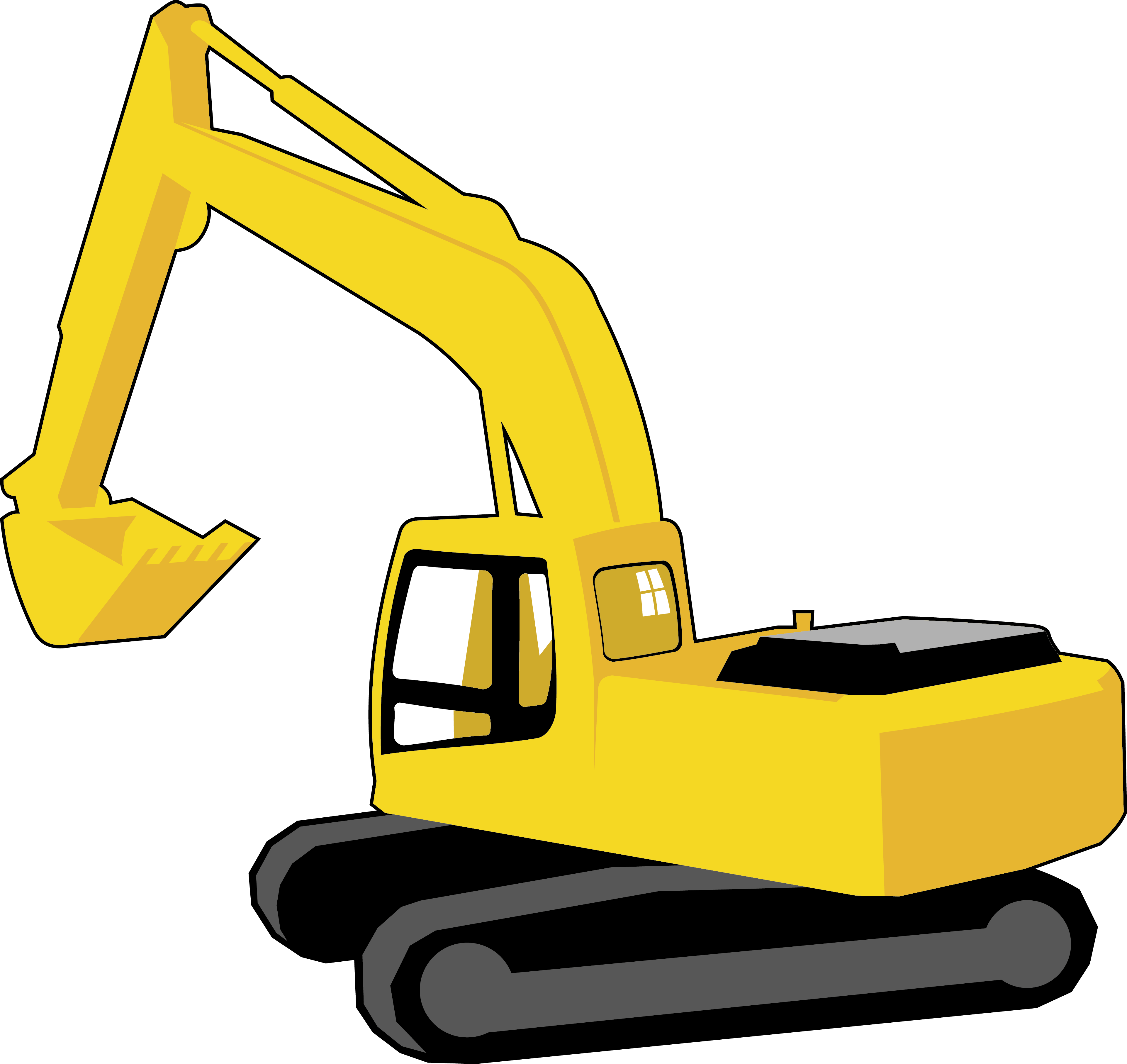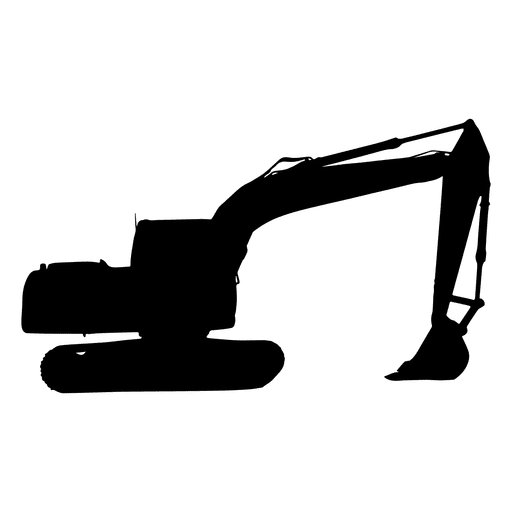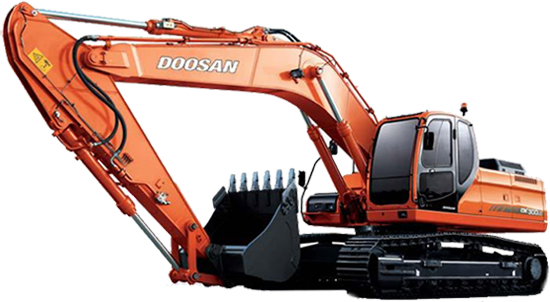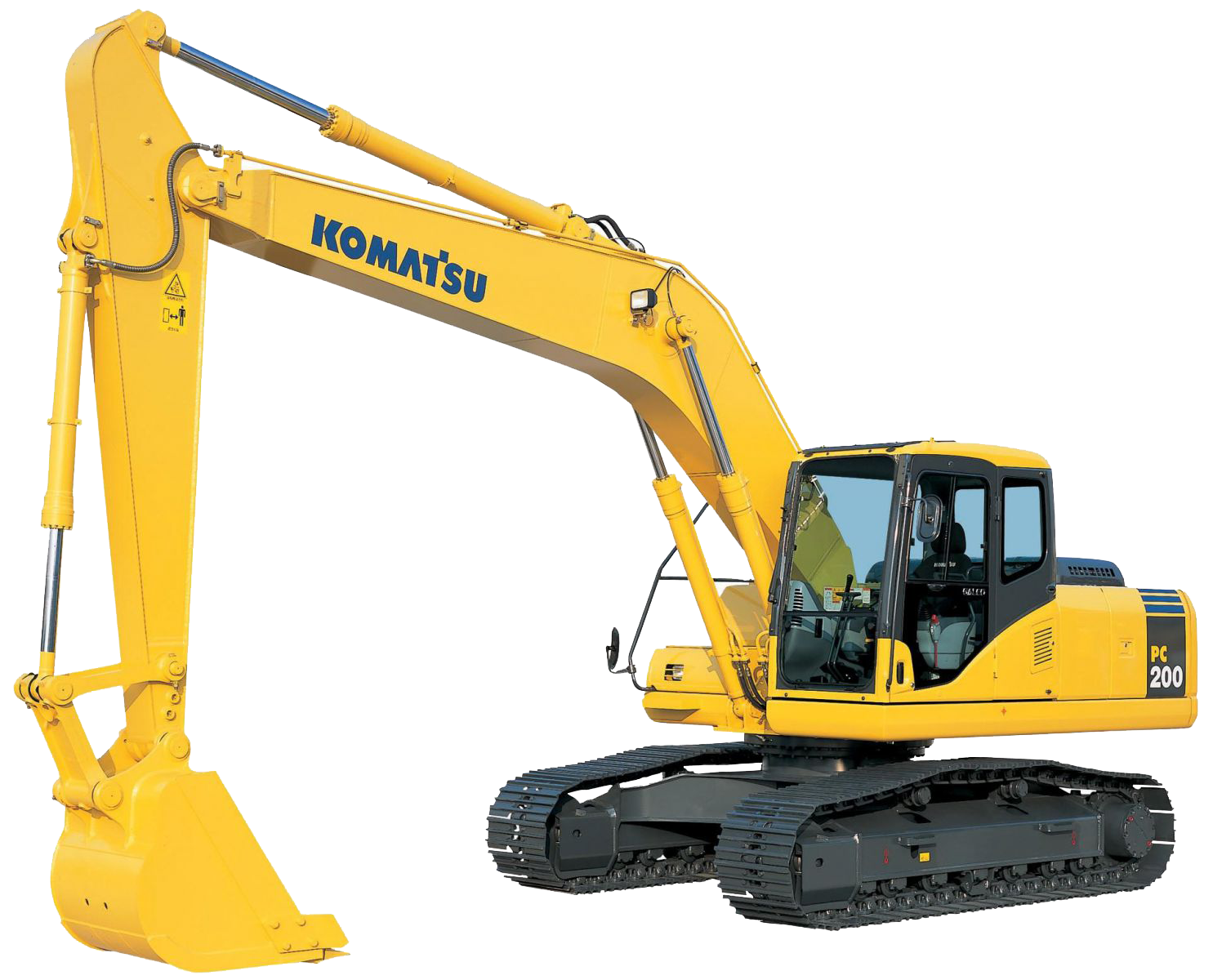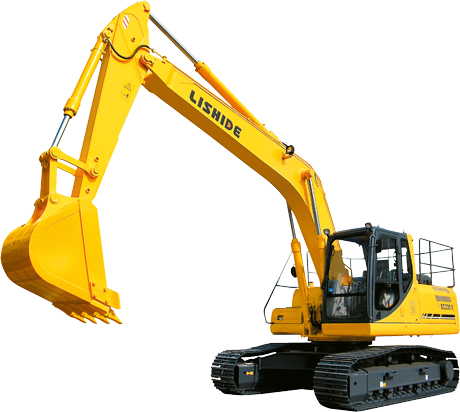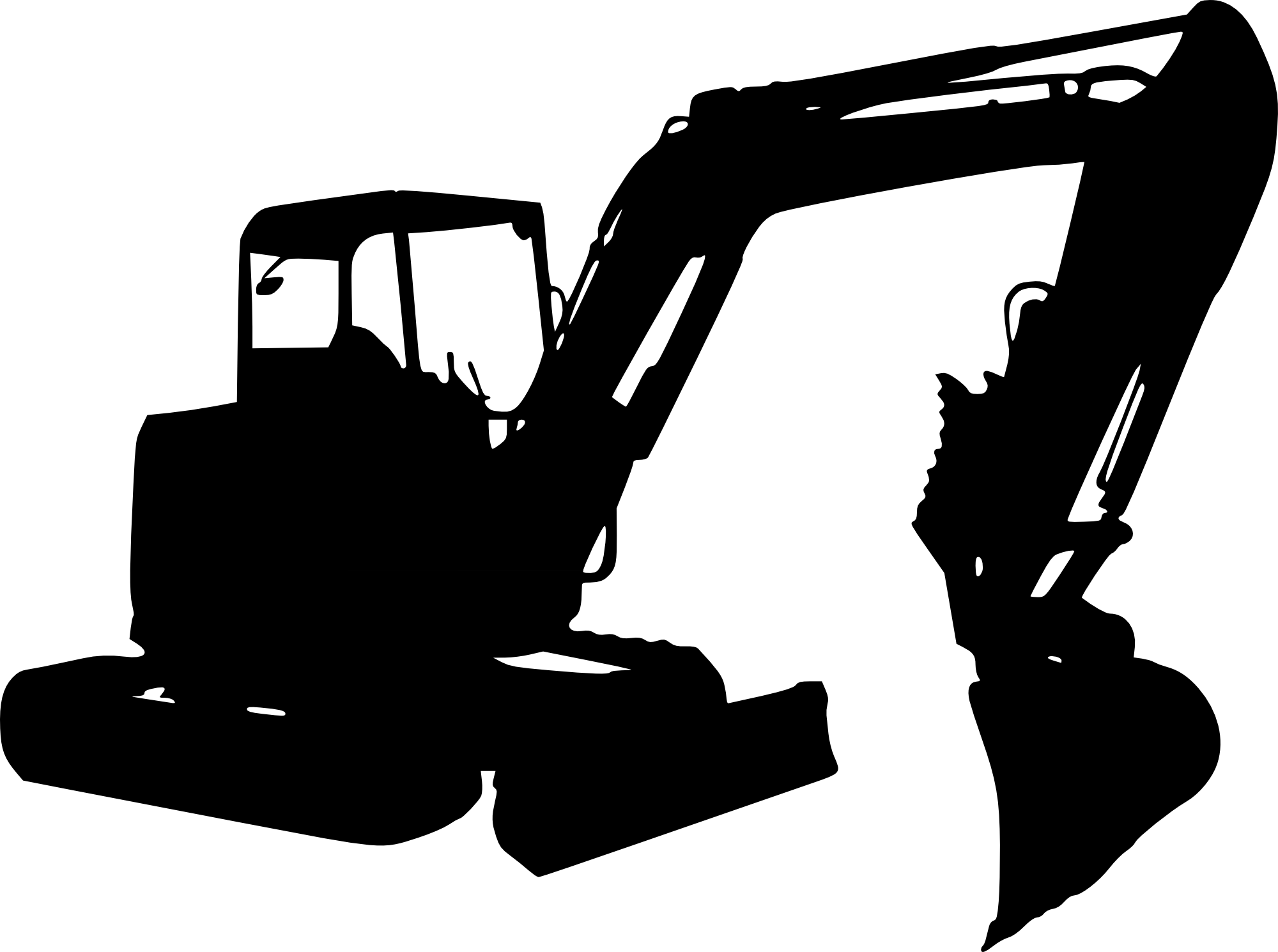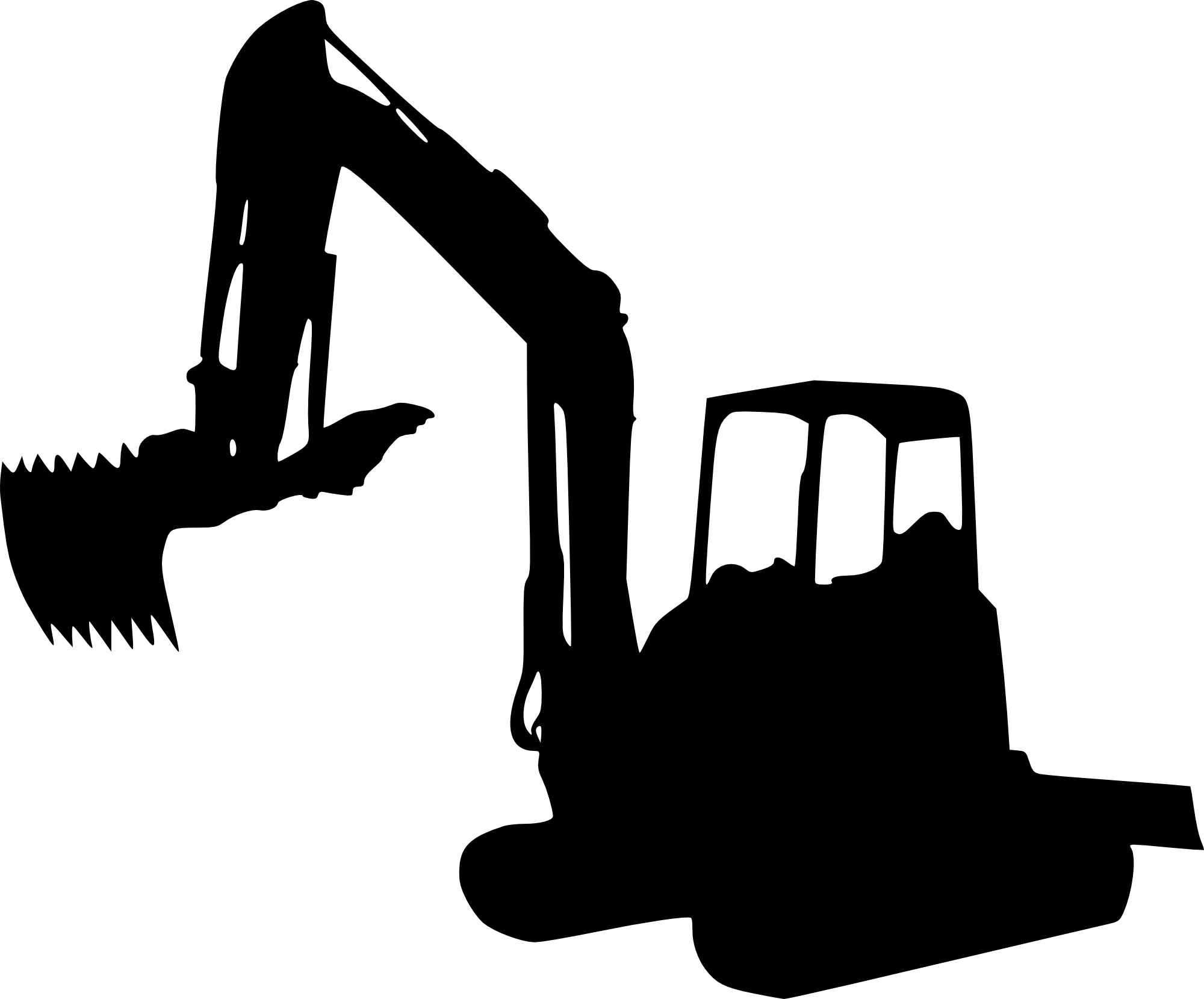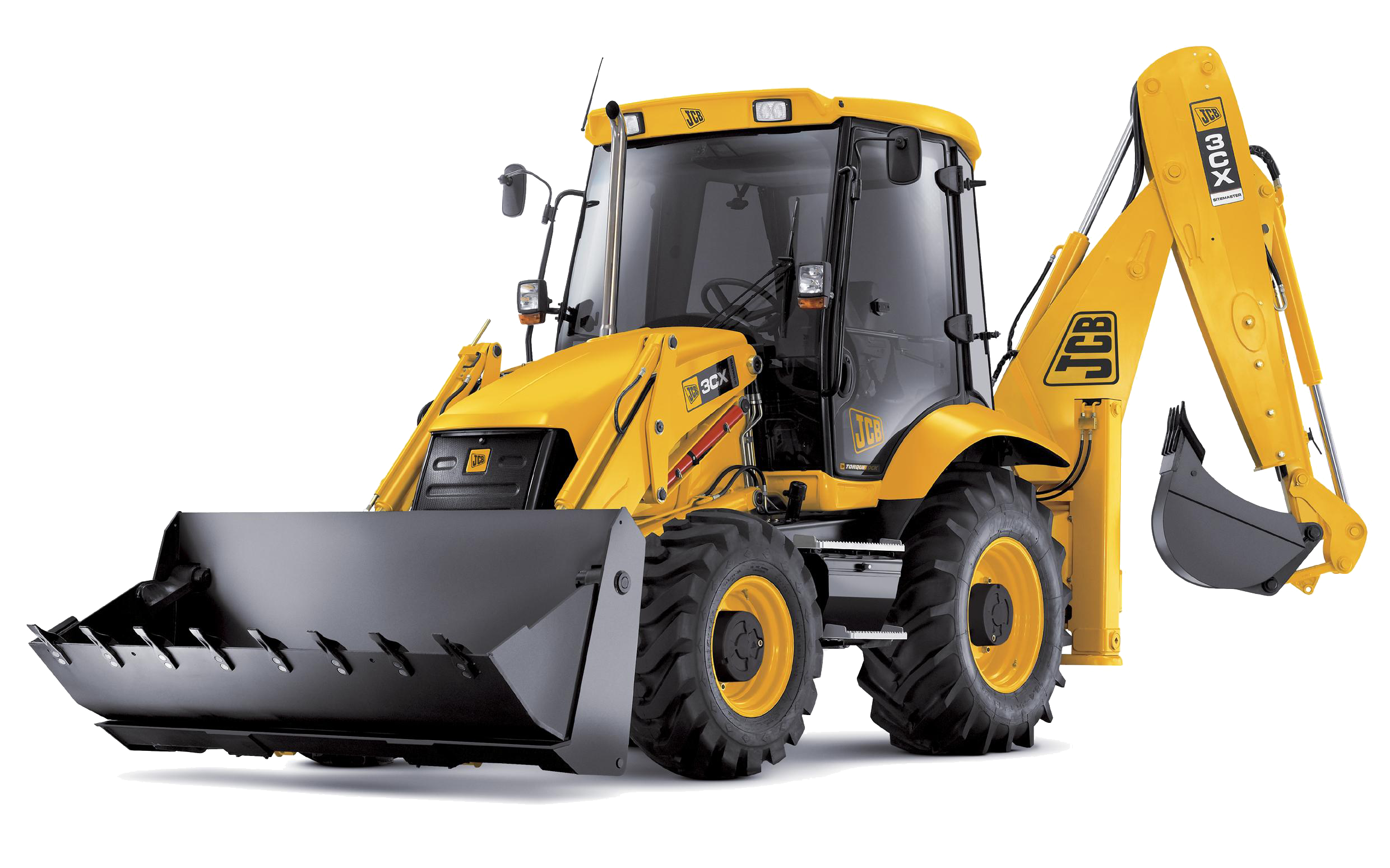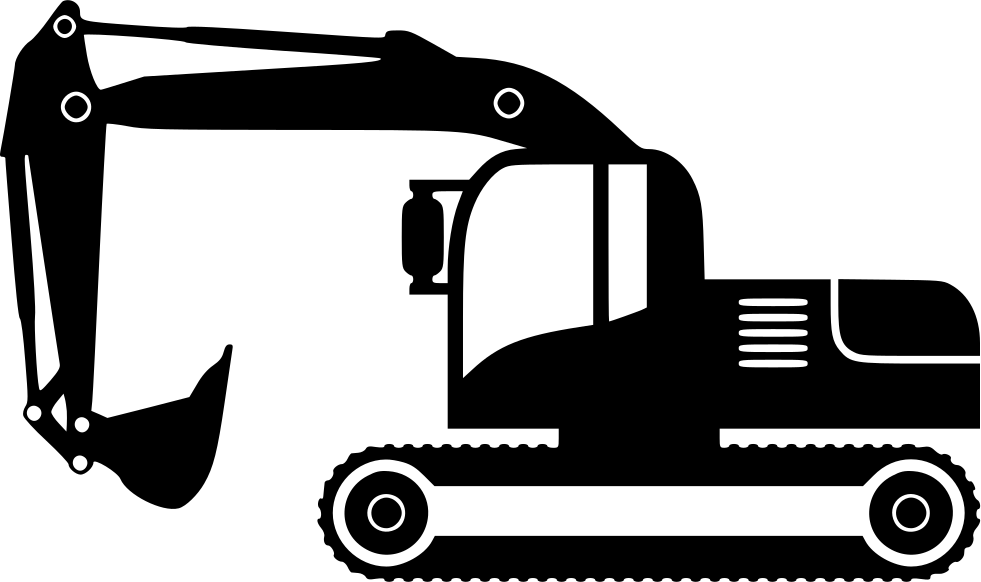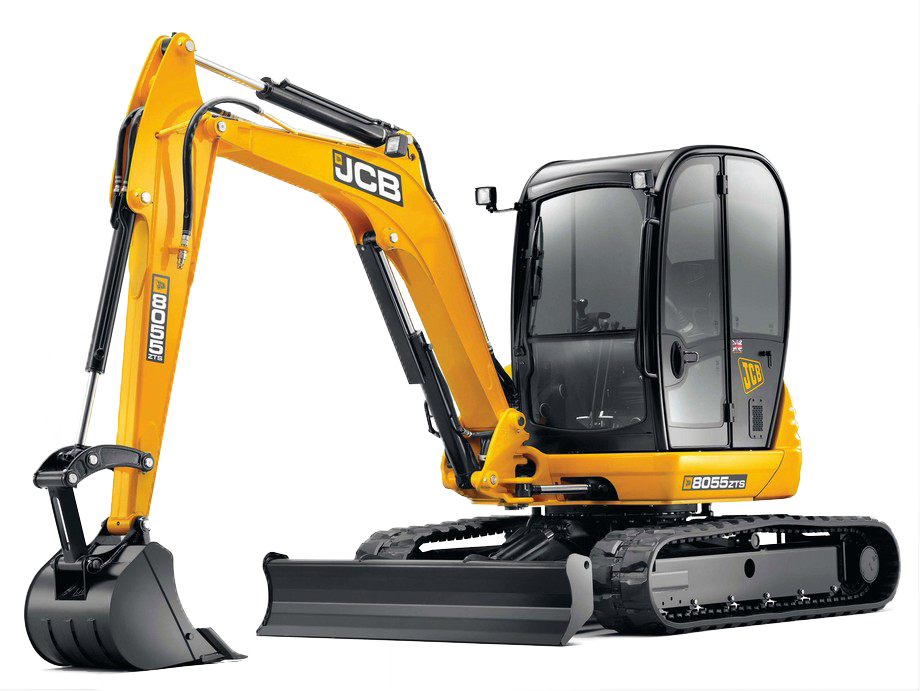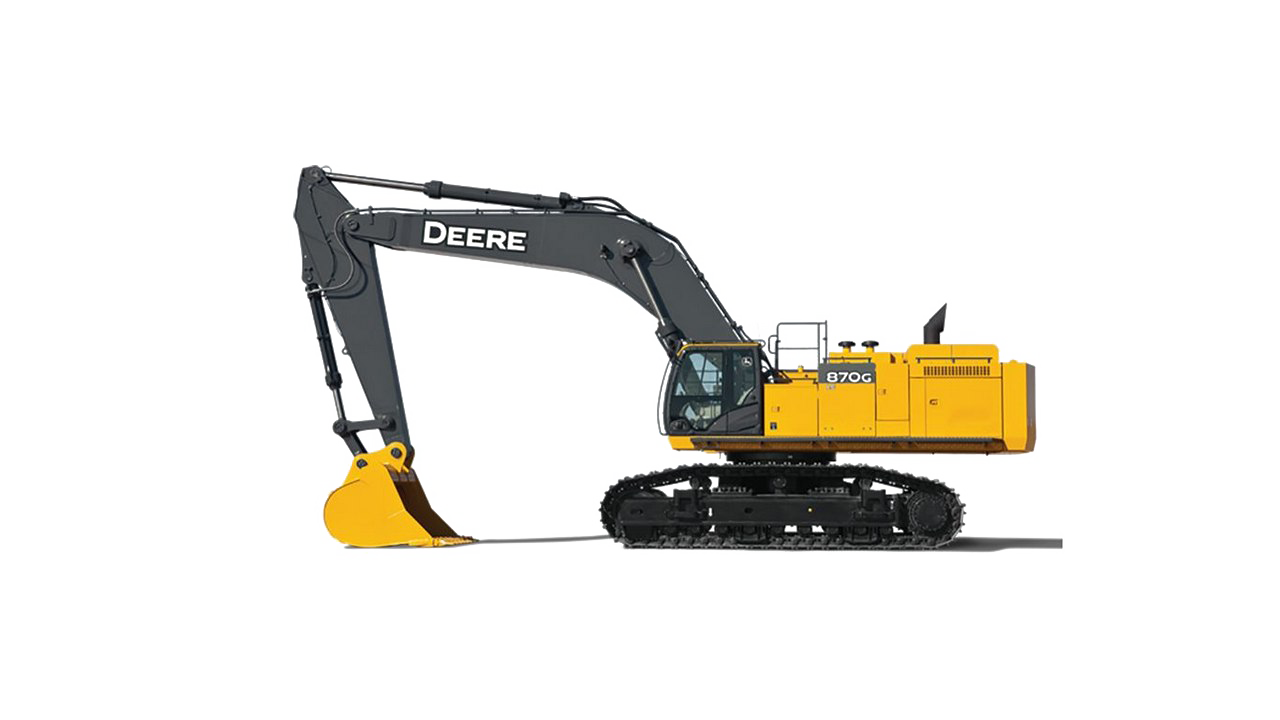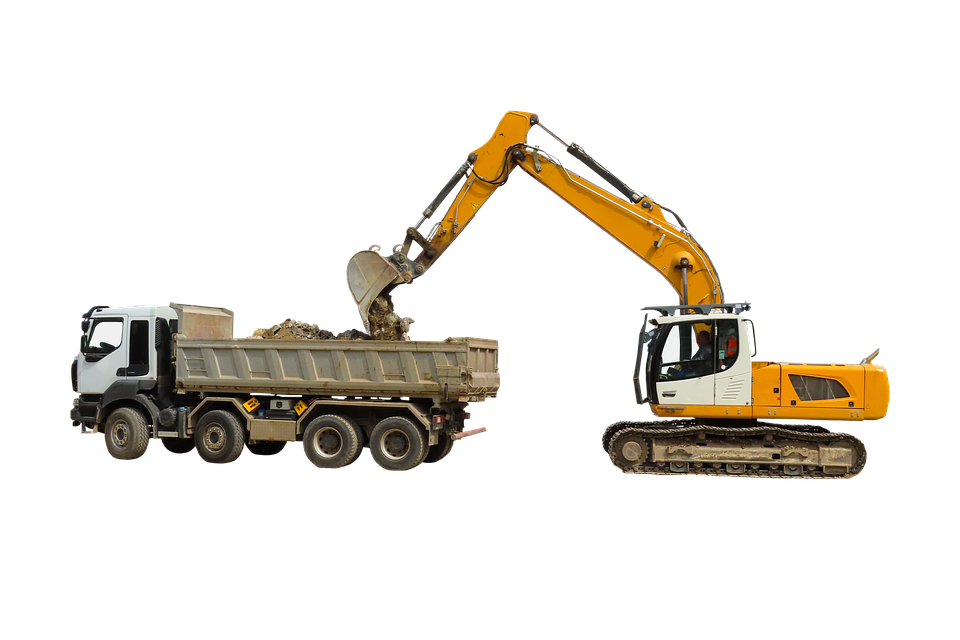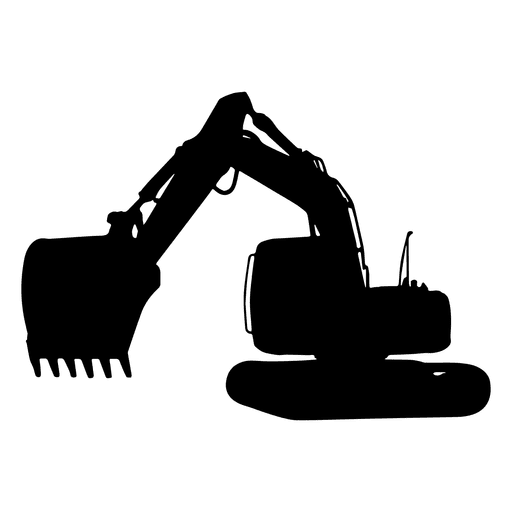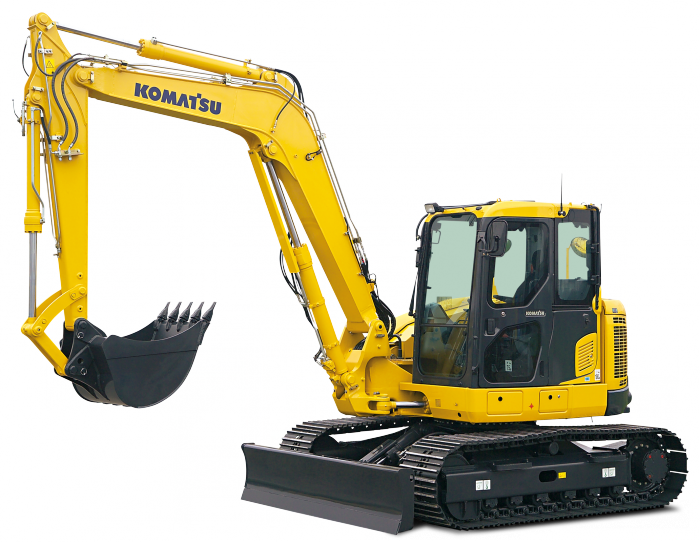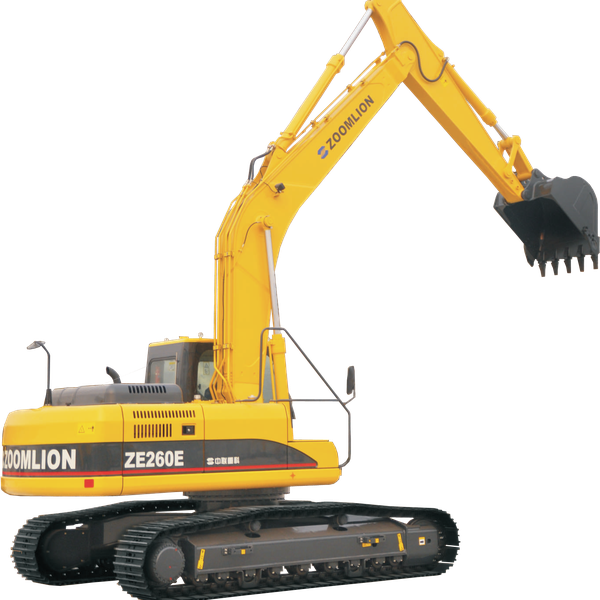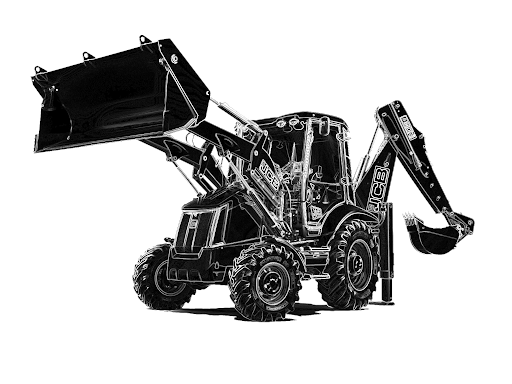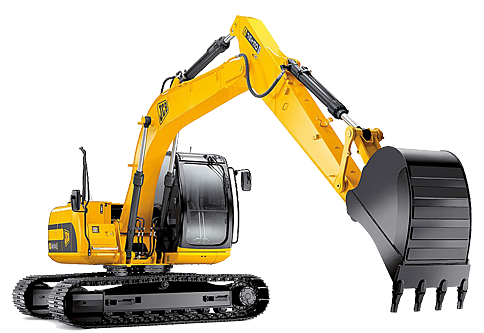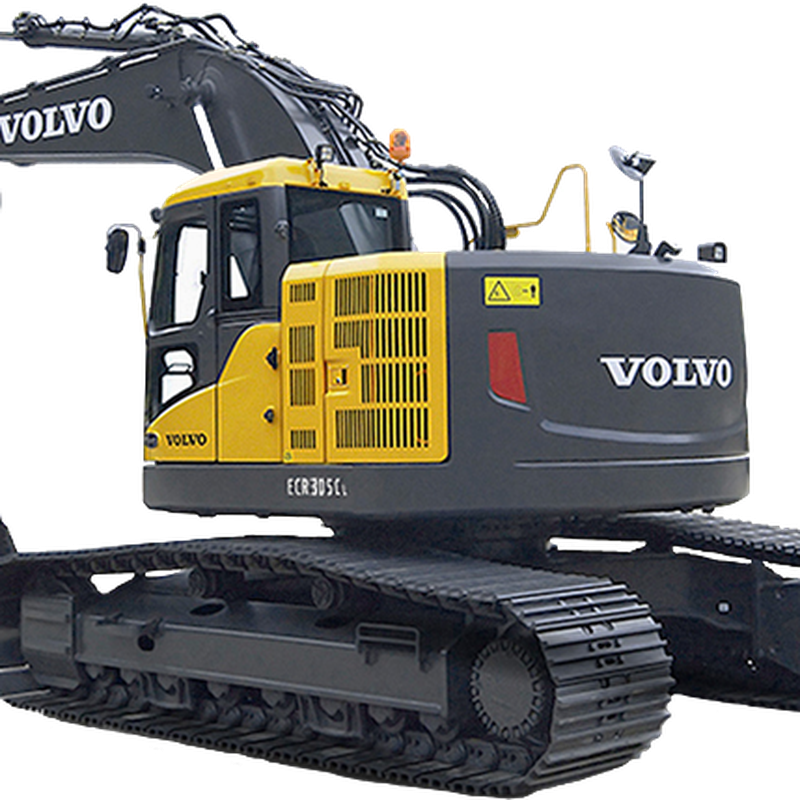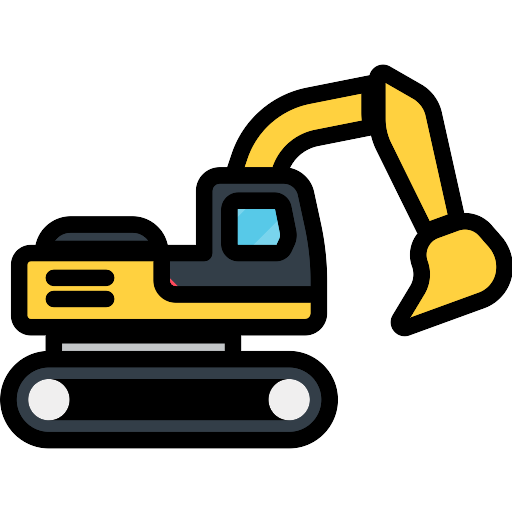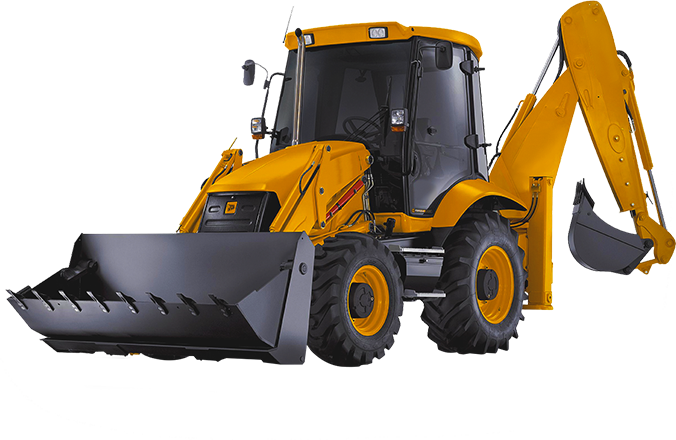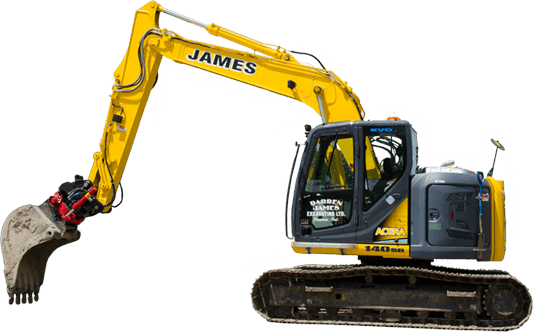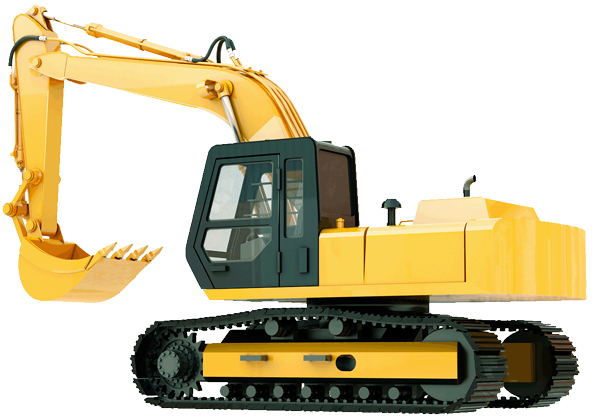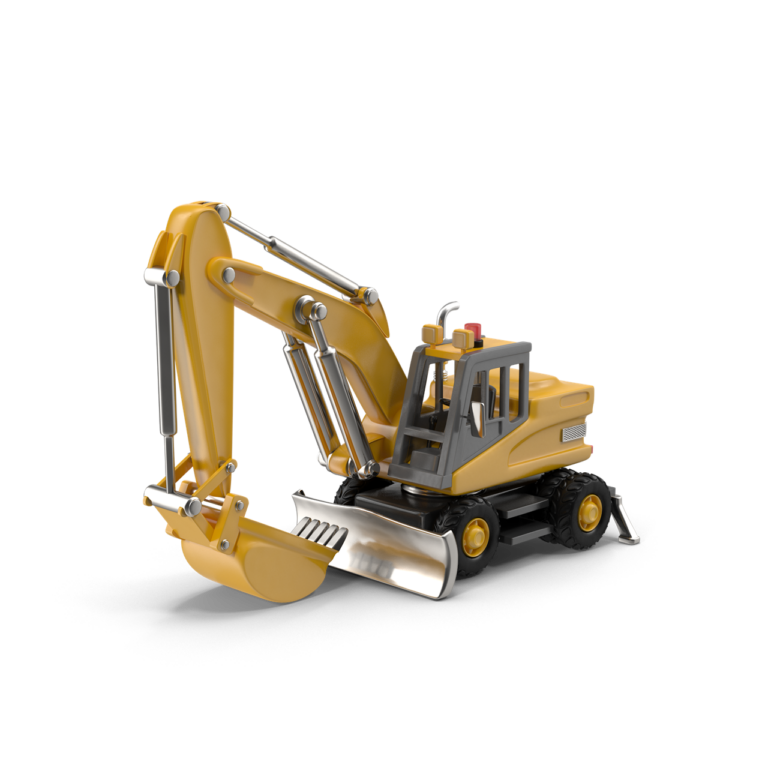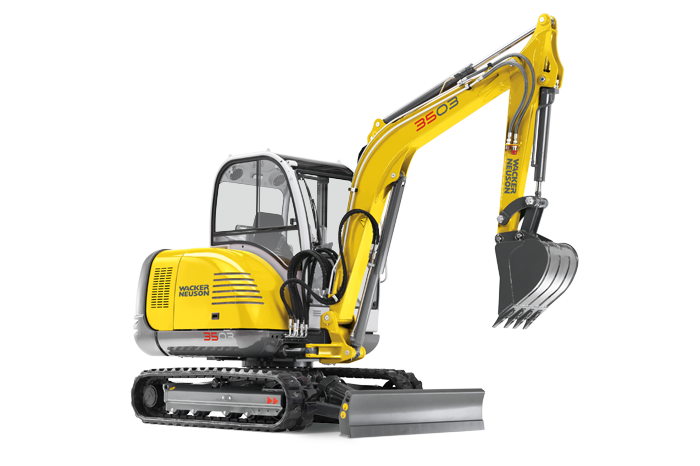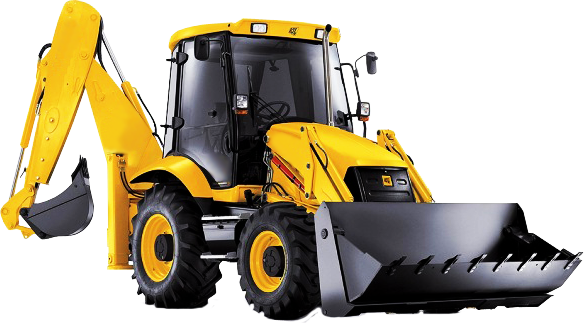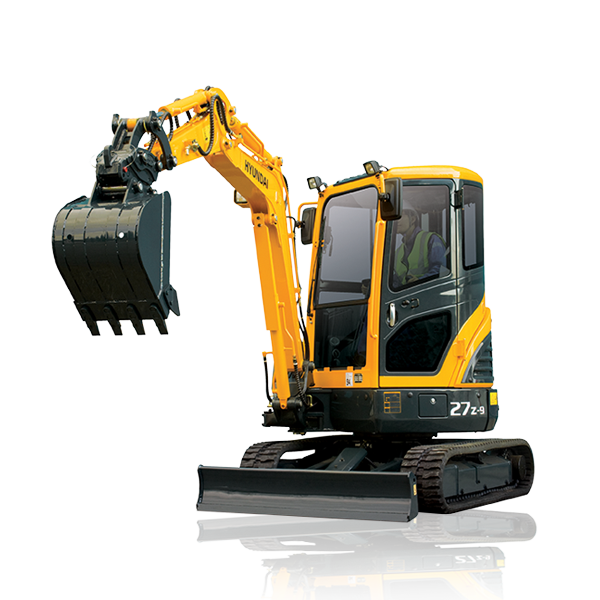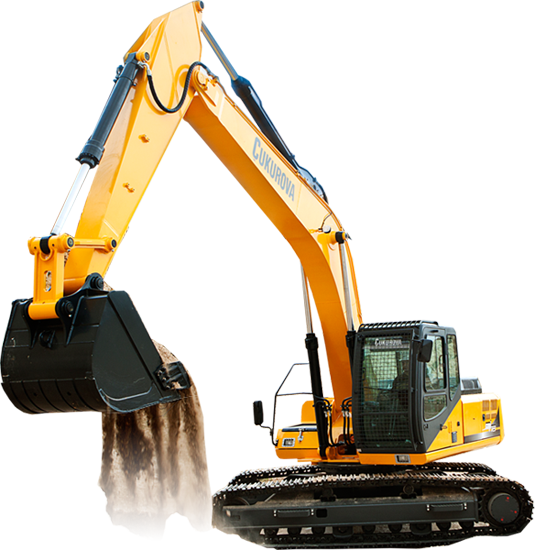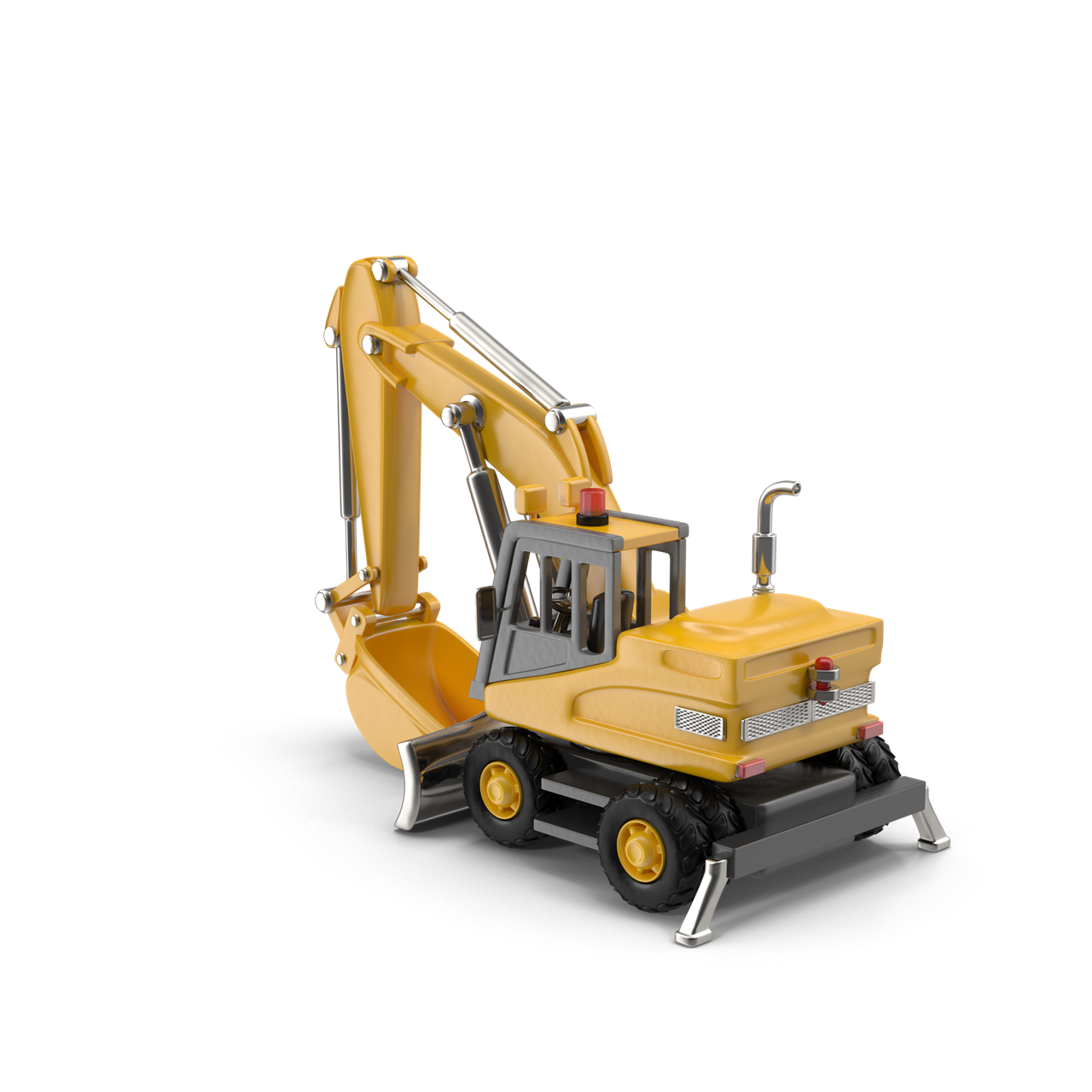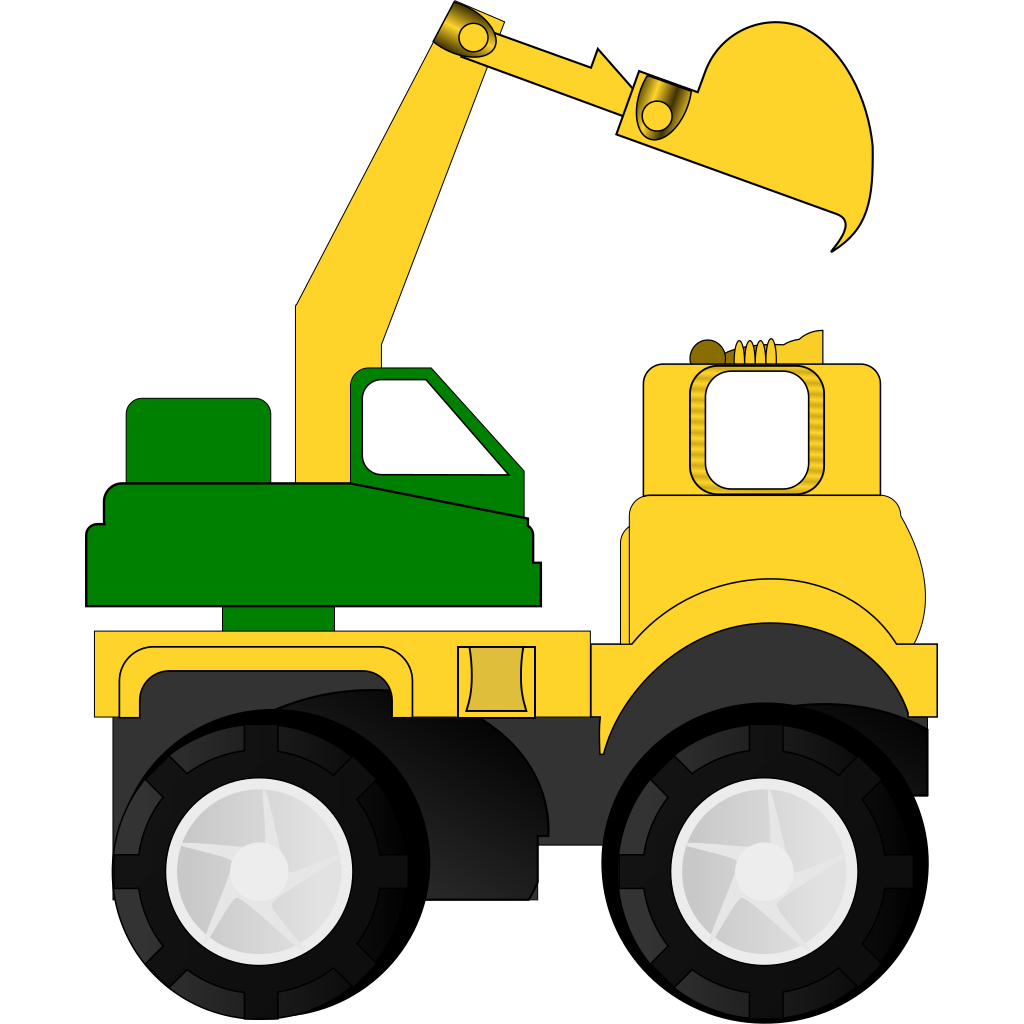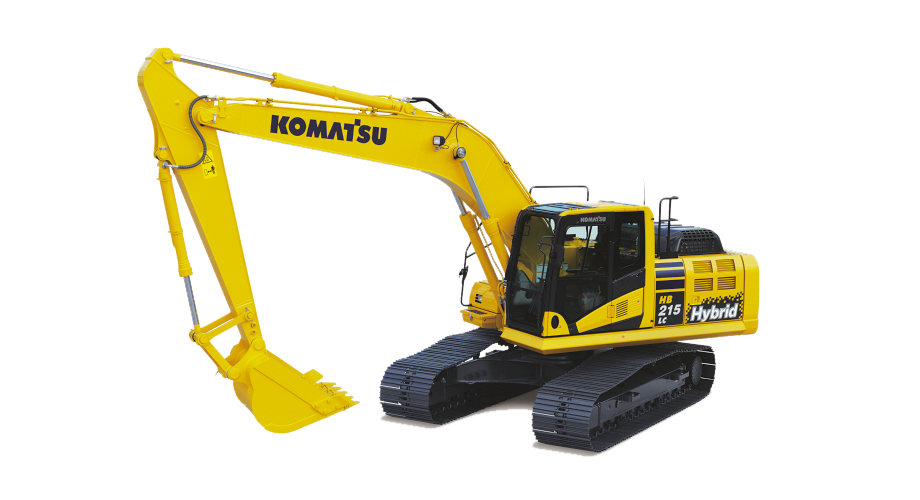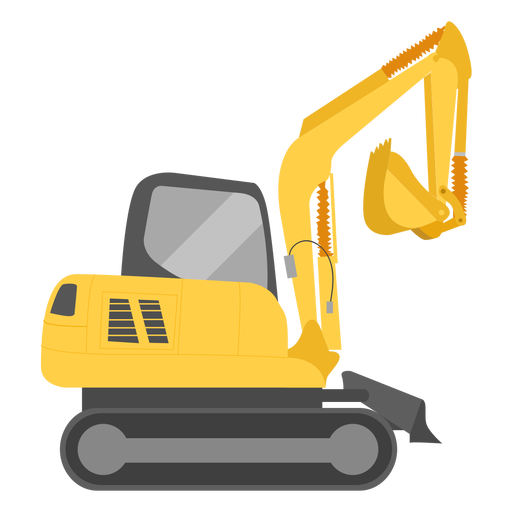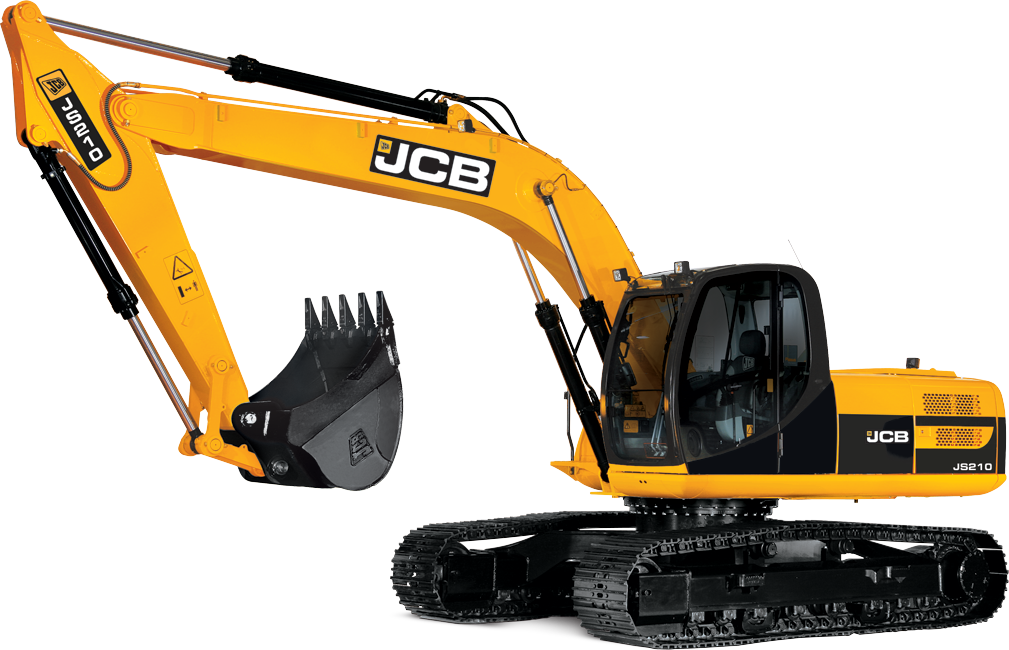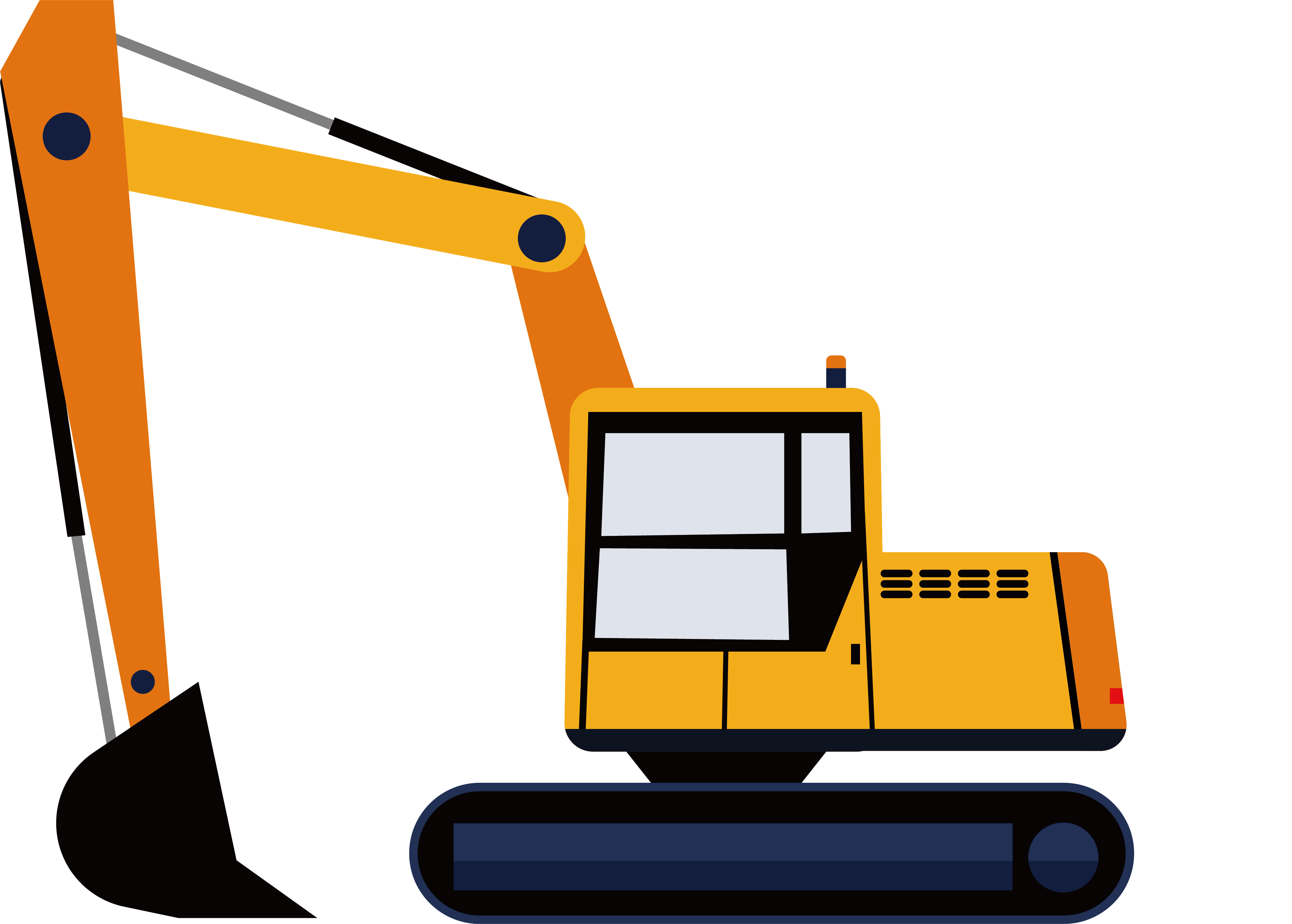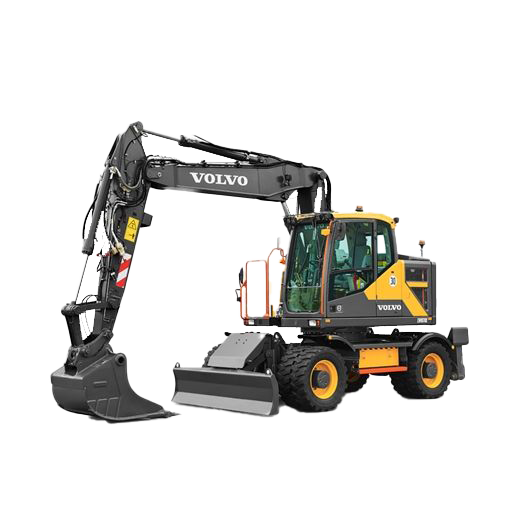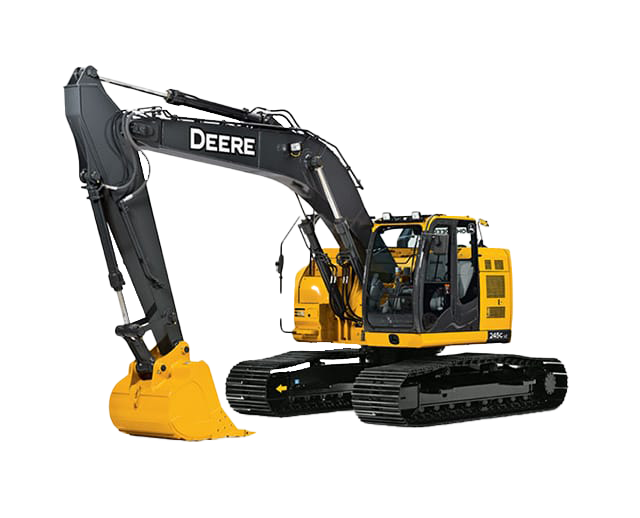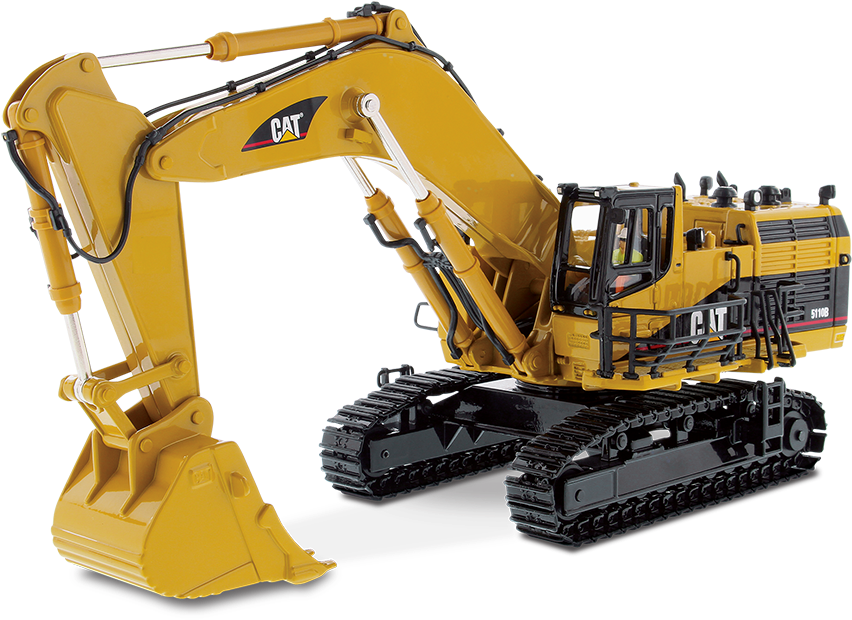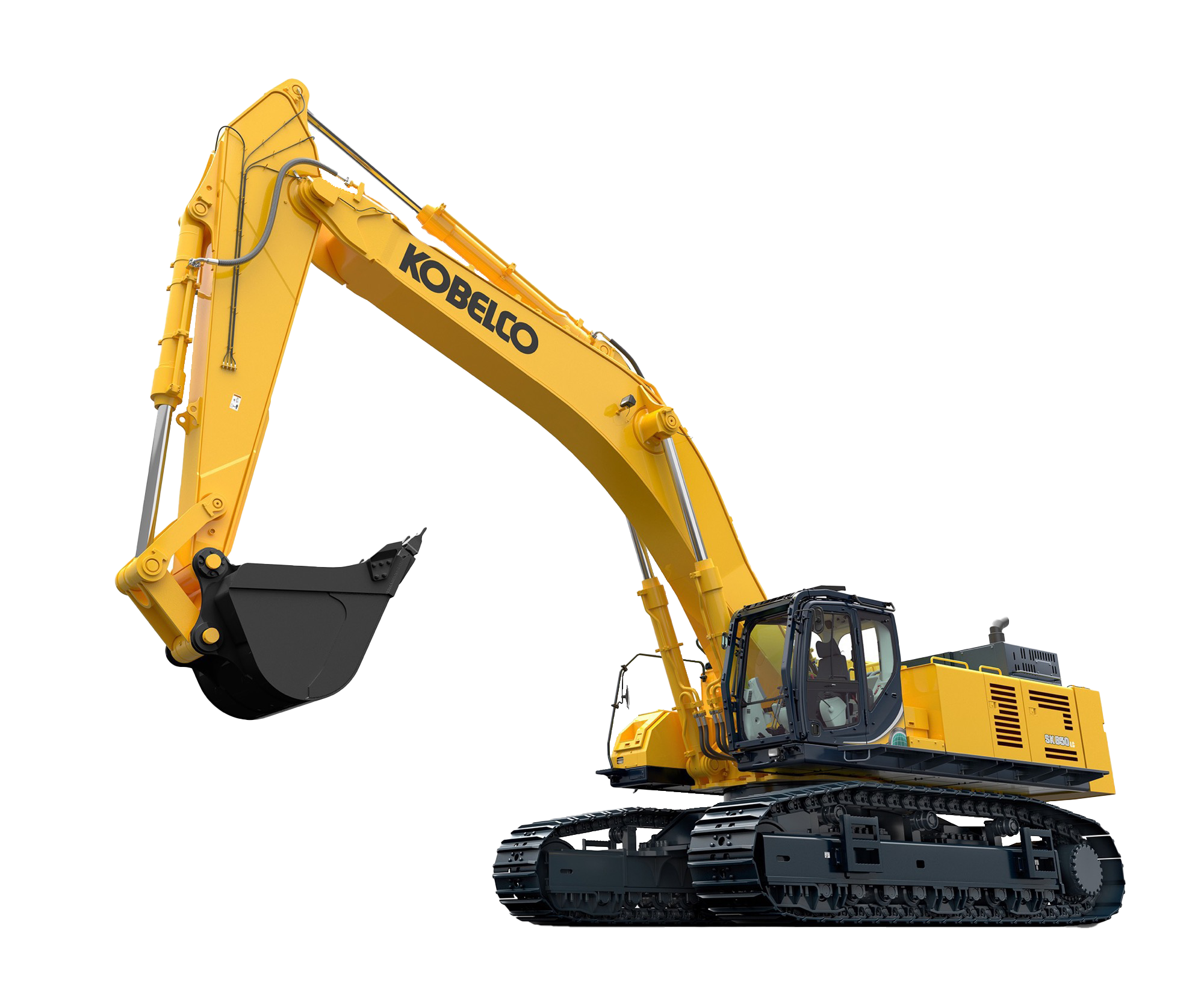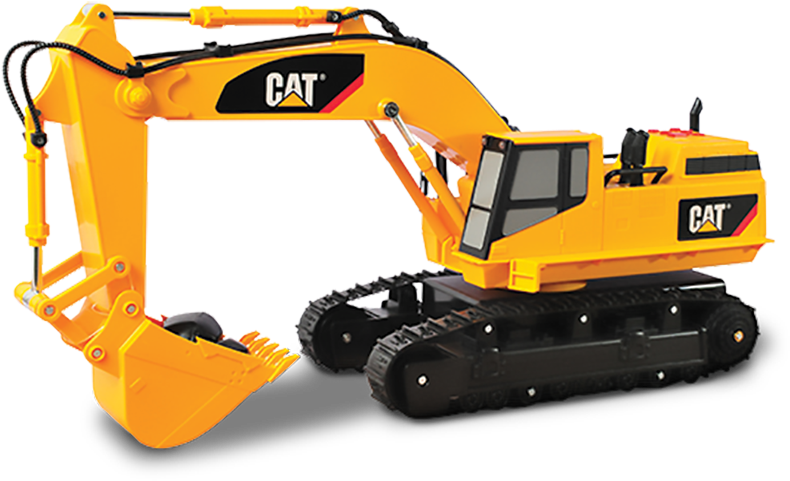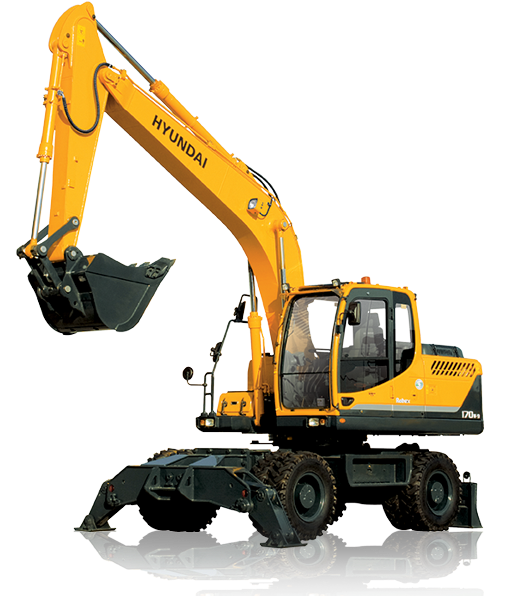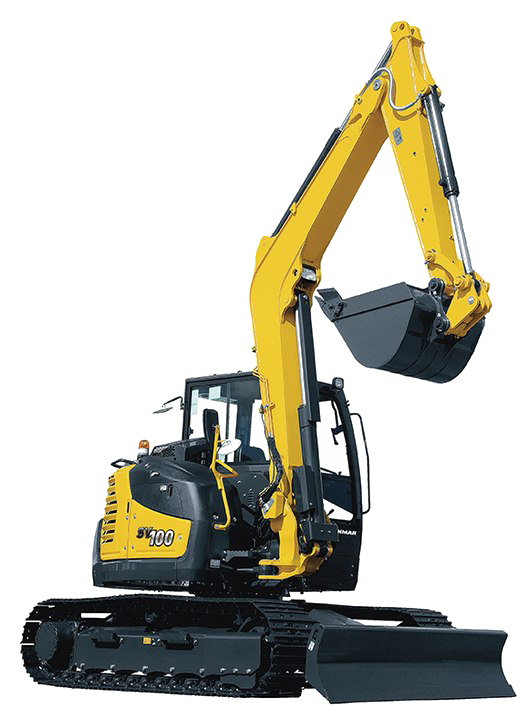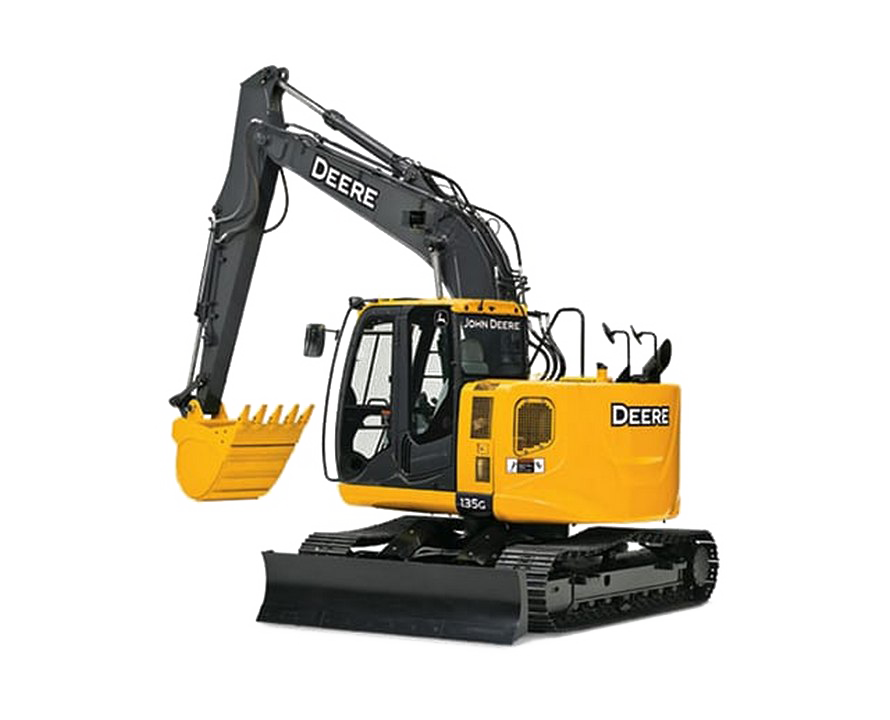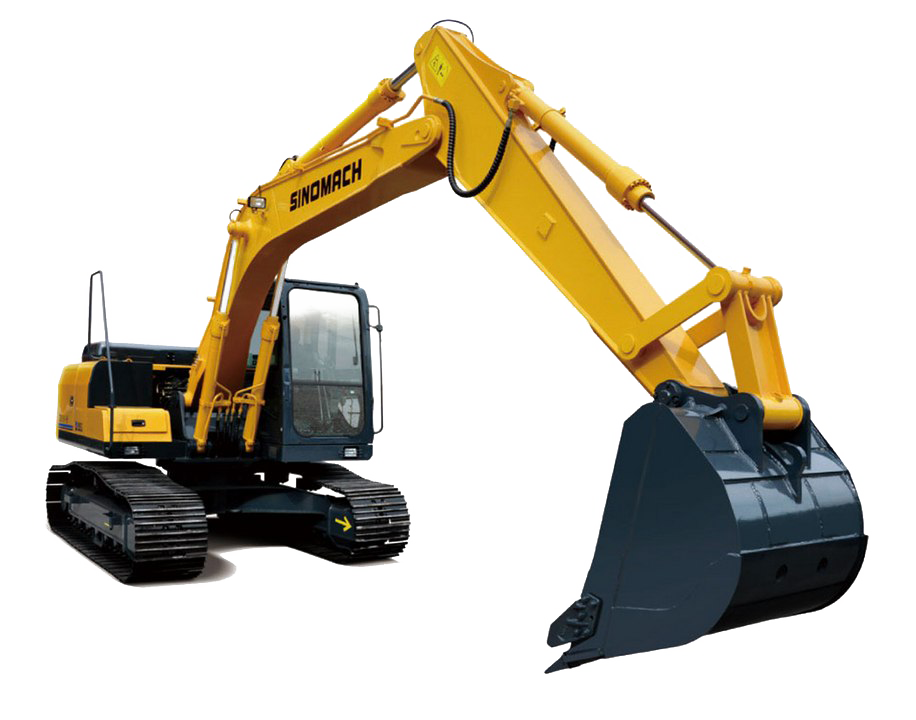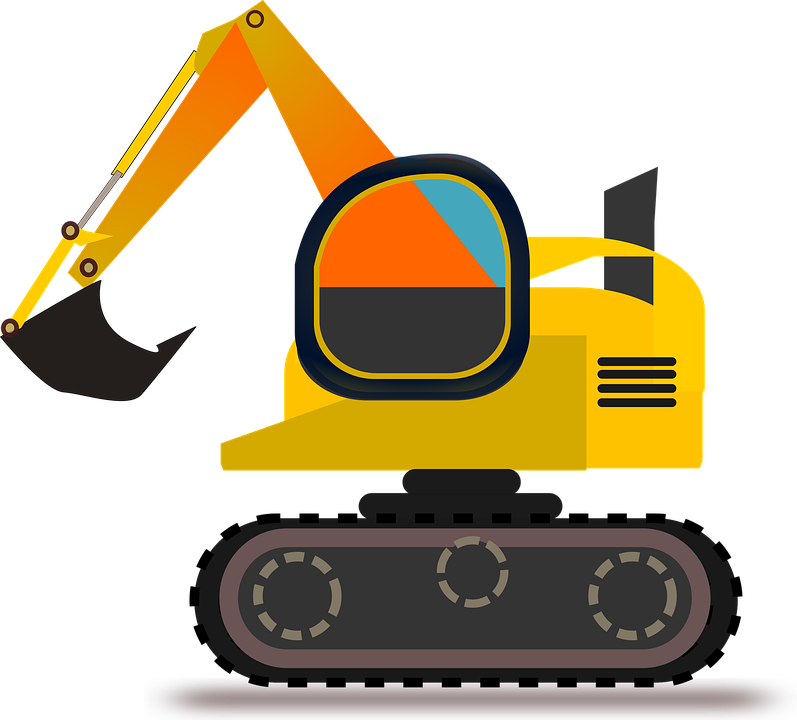Download top and best high-quality free Excavator PNG Transparent Images backgrounds available in various sizes. To view the full PNG size resolution click on any of the below image thumbnail.
License Info: Creative Commons 4.0 BY-NC
Excavators are large construction machines with a boom, dipper, bucket, and cab mounted on a rotating platform called the “house.” The house is supported by a track or wheeled undercarriage. They’re a natural progression from steam shovels, and they’re commonly referred to as power shovels. Hydraulic fluid, hydraulic cylinders, and hydraulic motors are used to perform all of the movements and operations of a hydraulic excavator. Hydraulic cylinders function in a fundamentally different way from cable-operated excavators, which employ winches and steel ropes to achieve motions.
Excavators are sometimes known as diggers, JCBs (proprietary names for generic trademarks), mechanical shovels, or 360-degree excavators (sometimes abbreviated simply to “360”). By comparison with the backhoe, tracked excavators are also referred to as “trackhoes.” Wheeled excavators are sometimes referred to as “rubber ducks” in the United Kingdom and Ireland.
Hydraulic excavators are available in a broad range of sizes nowadays. Mini or compact excavators are the smallest ones. For example, Caterpillar’s smallest mini-excavator weighs 2,060 pounds (930 kg) and has 13 horsepower; their largest model is the CAT 6090, which weighs in excess of 2,160,510 pounds (979,990 kg), has 4500 horsepower, and a bucket as large as 52.0 m3 (developed and produced by Orenstein & Koppel, Germany, until the takeover 2011 by Caterpillar, named »RH400«).
Rather of mechanical drivetrains, hydraulic excavators typically connect engine power to three hydraulic pumps. The arms, swing motor, track motors, and accessories are supplied by two high-pressure pumps (up to 5000 psi, 345 bar), while the third is a lower-pressure (700 psi, 48 bar) pump for pilot control of the spool valves; this third circuit allows for less physical effort while working the controls. In general, excavators use three pumps: two variable displacement piston pumps and a gear pump. Various manufacturers use different forms, hence the configuration of the pumps in the excavator unit varies.
The undercarriage, house, and arm are the three primary parts of an excavator (also boom is used). Tracks, track frame, and final drives comprise the undercarriage, with a hydraulic motor and gearing supplying drive to the individual tracks. A blade comparable to that of a bulldozer can be installed on the undercarriage.
The operator cab, counterweight, engine, fuel, and hydraulic oil tanks are all part of the house. By use of a central pin, the house is attached to the undercarriage. Through a hydraulic swivel at the axis of the pin, high-pressure oil is delivered to the tracks’ hydraulic motors, allowing the machine to slew 360° unimpeded and so give left-and-right movement.
Up-and-down and closer-and-further (or digging action) motions are performed by the arm. Boom, stick, and bucket are the most common components of an arm, with three joints connecting them to the home.
Download Excavator PNG images transparent gallery.
- Excavator Bulldozer PNG
Resolution: 686 × 450
Size: 283 KB
Image Format: .png
Download
- Excavator PNG Picture
Resolution: 2633 × 1927
Size: 2686 KB
Image Format: .png
Download
- Excavator Loader
Resolution: 1577 × 1559
Size: 643 KB
Image Format: .png
Download
- Excavator Loader PNG Pic
Resolution: 1024 × 1024
Size: 262 KB
Image Format: .png
Download
- Excavator No Background
Resolution: 600 × 357
Size: 212 KB
Image Format: .png
Download
- Excavator Loader PNG Images
Resolution: 3844 × 3628
Size: 399 KB
Image Format: .png
Download
- Excavator Loader PNG
Resolution: 512 × 512
Size: 9 KB
Image Format: .png
Download
- Excavator Bulldozer PNG File
Resolution: 550 × 302
Size: 223 KB
Image Format: .png
Download
- Excavator PNG Photos
Resolution: 1485 × 1200
Size: 977 KB
Image Format: .png
Download
- Excavator Digger Equipment PNG
Resolution: 460 × 412
Size: 184 KB
Image Format: .png
Download
- Excavator Bulldozer PNG Picture
Resolution: 2000 × 1490
Size: 94 KB
Image Format: .png
Download
- Excavator Bulldozer PNG Clipart
Resolution: 2000 × 1659
Size: 81 KB
Image Format: .png
Download
- Excavator Digger Equipment PNG Photo
Resolution: 2480 × 1549
Size: 2005 KB
Image Format: .png
Download
- Excavator PNG Cutout
Resolution: 981 × 582
Size: 30 KB
Image Format: .png
Download
- Excavator PNG Images
Resolution: 920 × 691
Size: 466 KB
Image Format: .png
Download
- Excavator Bulldozer PNG Image
Resolution: 1280 × 720
Size: 266 KB
Image Format: .png
Download
- Excavator PNG Images HD
Resolution: 960 × 640
Size: 294 KB
Image Format: .png
Download
- Excavator Loader PNG Image
Resolution: 512 × 512
Size: 17 KB
Image Format: .png
Download
- Excavator Digger Equipment PNG Cutout
Resolution: 700 × 542
Size: 480 KB
Image Format: .png
Download
- Excavator Loader PNG Photo
Resolution: 600 × 600
Size: 239 KB
Image Format: .png
Download
- Excavator PNG Image HD
Resolution: 512 × 384
Size: 146 KB
Image Format: .png
Download
- Excavator Digger Equipment PNG Picture
Resolution: 484 × 333
Size: 168 KB
Image Format: .png
Download
- Excavator Loader PNG Cutout
Resolution: 800 × 800
Size: 782 KB
Image Format: .png
Download
- Excavator Digger Equipment Transparent
Resolution: 512 × 422
Size: 6 KB
Image Format: .png
Download
- Excavator Bulldozer Transparent
Resolution: 512 × 512
Size: 21 KB
Image Format: .png
Download
- Excavator Digger Equipment PNG HD Image
Resolution: 676 × 440
Size: 343 KB
Image Format: .png
Download
- Excavator Digger Equipment PNG Image HD
Resolution: 533 × 332
Size: 43 KB
Image Format: .png
Download
- Excavator Bulldozer PNG Cutout
Resolution: 600 × 417
Size: 211 KB
Image Format: .png
Download
- Excavator Digger Equipment PNG Photos
Resolution: 768 × 768
Size: 235 KB
Image Format: .png
Download
- Excavator Digger Equipment PNG Pic
Resolution: 700 × 466
Size: 206 KB
Image Format: .png
Download
- Excavator Digger Equipment
Resolution: 584 × 330
Size: 228 KB
Image Format: .png
Download
- Excavator Digger Equipment PNG Clipart
Resolution: 512 × 512
Size: 11 KB
Image Format: .png
Download
- Excavator Bulldozer PNG Photo
Resolution: 600 × 600
Size: 287 KB
Image Format: .png
Download
- Excavator Transparent
Resolution: 535 × 550
Size: 283 KB
Image Format: .png
Download
- Excavator Digger Equipment PNG Images
Resolution: 1280 × 1280
Size: 803 KB
Image Format: .png
Download
- Excavator Digger Equipment PNG File
Resolution: 1024 × 1024
Size: 113 KB
Image Format: .png
Download
- Excavator PNG Clipart
Resolution: 920 × 500
Size: 244 KB
Image Format: .png
Download
- Excavator Loader Transparent
Resolution: 512 × 512
Size: 63 KB
Image Format: .png
Download
- Excavator PNG HD Image
Resolution: 1009 × 650
Size: 480 KB
Image Format: .png
Download
- Excavator Loader PNG File
Resolution: 3961 × 2833
Size: 169 KB
Image Format: .png
Download
- Excavator Bulldozer PNG Images
Resolution: 516 × 516
Size: 148 KB
Image Format: .png
Download
- Excavator PNG Image
Resolution: 640 × 518
Size: 194 KB
Image Format: .png
Download
- Excavator Digger Equipment PNG Image
Resolution: 852 × 620
Size: 783 KB
Image Format: .png
Download
- Excavator PNG Photo
Resolution: 2000 × 1653
Size: 1382 KB
Image Format: .png
Download
- Excavator PNG Pic
Resolution: 790 × 481
Size: 425 KB
Image Format: .png
Download
- Excavator PNG
Resolution: 509 × 596
Size: 299 KB
Image Format: .png
Download
- Excavator PNG File
Resolution: 529 × 720
Size: 318 KB
Image Format: .png
Download
- Excavator Bulldozer PNG Pic
Resolution: 890 × 720
Size: 335 KB
Image Format: .png
Download
- Excavator Bulldozer PNG Photos
Resolution: 916 × 720
Size: 413 KB
Image Format: .png
Download
- Excavator Bulldozer
Resolution: 797 × 720
Size: 143 KB
Image Format: .png
Download
- Excavator Loader PNG Photos
Resolution: 2400 × 1450
Size: 233 KB
Image Format: .png
Download
- Excavator
Resolution: 850 × 611
Size: 20 KB
Image Format: .png
Download
